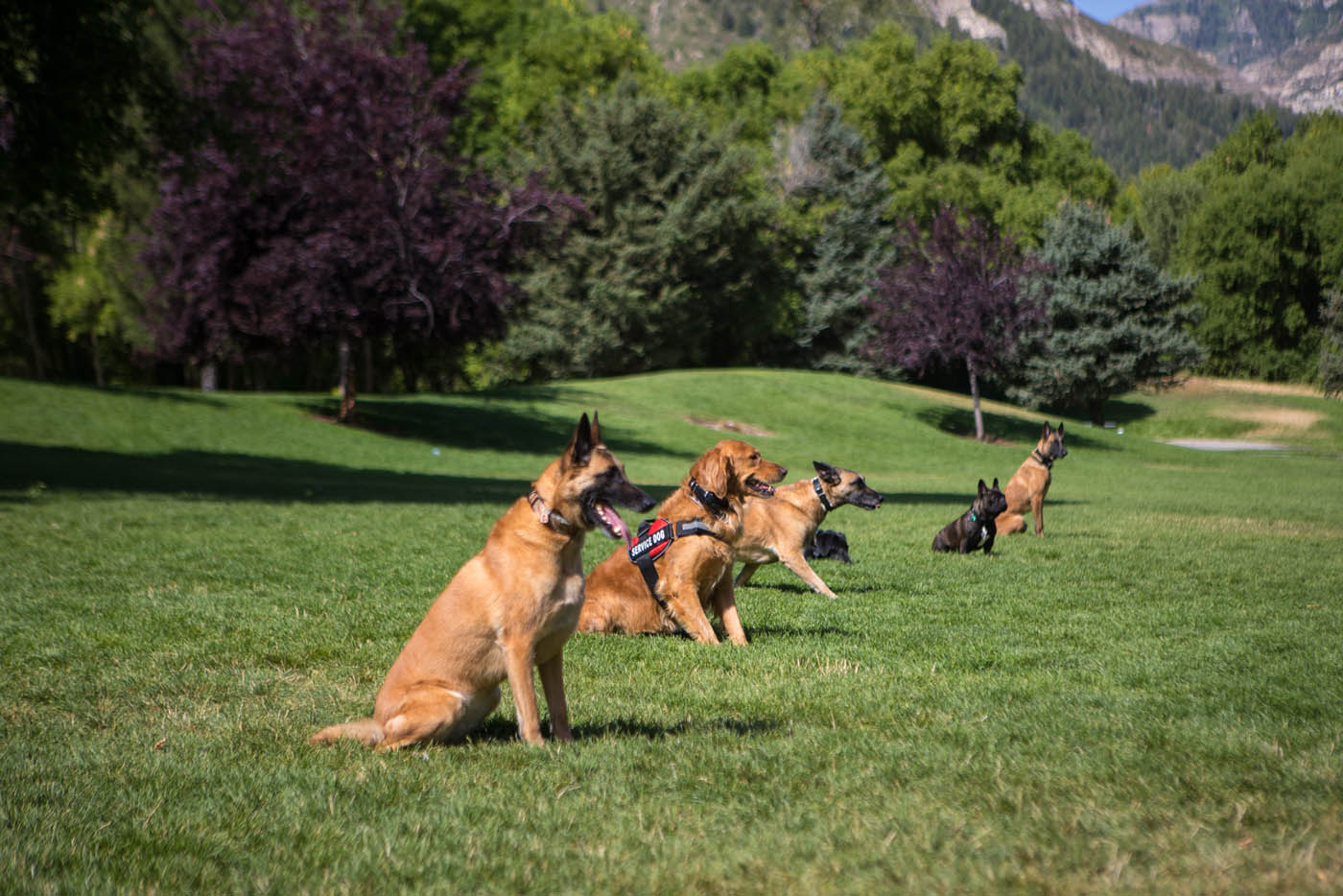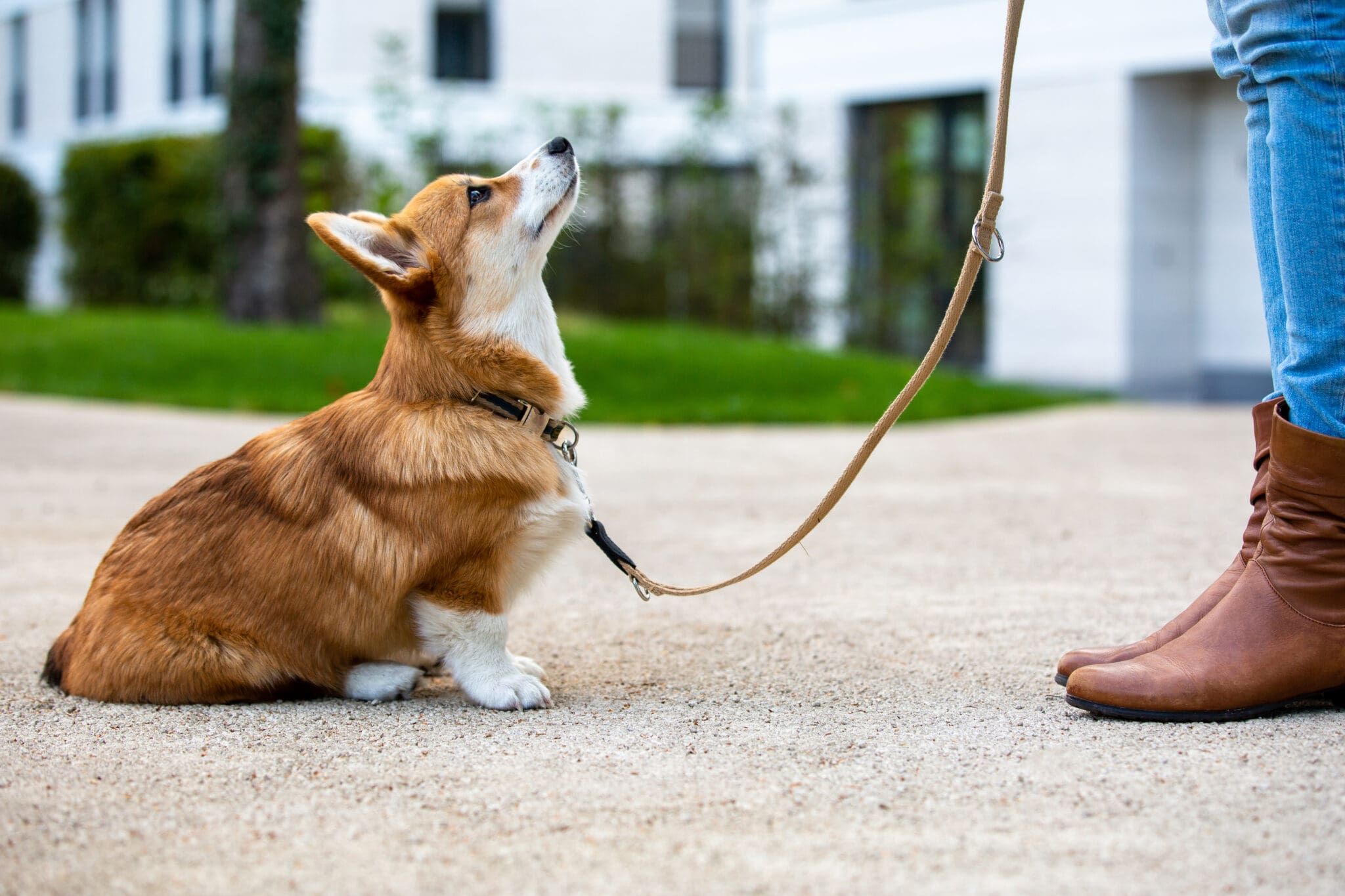Why Consistency is Key in Dog Training for Long-Term Success
Why Consistency is Key in Dog Training for Long-Term Success
Blog Article
Novice's Overview to Successful Dog Training in the house
Successfully training a canine in your home requires a nuanced understanding of canine actions and effective interaction approaches. Developing clear training objectives, utilizing high-quality rewards, and maintaining uniformity across member of the family are critical aspects. Incorporating training into day-to-day routines can enhance both engagement and retention. Nevertheless, several newbie instructors experience challenges that might impede development. To navigate these intricacies efficiently, it's vital to check out a number of key elements that can change your technique and cause a harmonious relationship with your family pet. What basic principles should every newbie grasp to make sure success?
Understanding Canine Actions
Recognizing pet dog habits is important for effective training and promoting an unified partnership in between people and their canine buddies. Pet dogs communicate mostly via body language, articulations, and faces, making it important for owners to translate these signals properly. Recognizing behaviors such as tail wagging, roaring, or cowering can supply insights right into a canine's mood and purposes.

Common behavioral issues, such as aggressiveness, anxiousness, or excessive barking, often originate from misconceptions or unmet requirements. Observing and resolving these problems immediately can prevent escalation and guarantee a positive training experience. By fostering a deep understanding of pet behavior, proprietors can tailor their training methods to match their canine friends, eventually bring about a contented and mannerly animal.
Crucial Educating Devices
A well-equipped training room can considerably enhance the effectiveness of dog training in the house. Necessary training tools ensure that both the pet dog and the fitness instructor can take part in productive sessions that promote learning and bonding.

Spending in a tough leash and a comfy, well-fitting collar or harness is vital for safety and security and control. These tools help establish limits and guarantee the dog stays safe and secure during training. Furthermore, an assigned training area, without interruptions, aids concentration for both the pet dog and the instructor.
Educating aids such as training pads, cones, or dexterity devices can additionally boost the experience by introducing selection and challenges. Lastly, having a notebook or electronic app for tracking progress can be very useful, permitting you to note successes and areas for enhancement. Making use of these important devices will produce a positive training atmosphere and lay the foundation for efficient knowing.
Producing a Training Routine
Developing a constant training routine is necessary for effective canine training in your home. A well-structured regular not just assists in reinforcing desired behaviors however additionally gives your pet with a sense of safety and security and predictability. To develop an effective training regular, start by determining certain training goals, such as fundamental commands, chain strolling, or housebreaking.
Select a marked time every day for training sessions, preferably when your dog is receptive and sharp. Sessions ought to be brief, roughly 5 to 15 minutes, to maintain focus and stop fatigue. Uniformity in timing and environment will certainly enhance your dog's knowing experience.
Incorporate training into everyday tasks to reinforce abilities. Technique commands throughout strolls or mealtime, which integrates discovering into all-natural routines. Furthermore, remain flexible and change the regular as essential, suiting your canine's energy levels and mood.
Positive Reinforcement Techniques
Positive reinforcement methods are essential to efficient pet training, promoting wanted actions with incentives instead than punishment. This method utilizes favorable stimuli, such as deals with, appreciation, or play, to motivate pet dogs to duplicate particular activities. The foundation of this strategy is timing; benefits ought to be offered promptly following the desired actions to create a clear association.
When implementing positive support, it is vital to select benefits that are encouraging for your pet. High-value treats, such as little pieces of chicken or cheese, can be especially effective throughout training sessions. In addition, differing the incentives can maintain your pet dog's rate of interest and excitement.
Beginning with straightforward commands, like "rest" or "stay," and progressively development to more complex tasks. Uniformity is key; make sure that all member of the family use the very same commands and reward systems to avoid confusion.
Furthermore, it is vital to stay person and prevent irritation. Canines, like human beings, learn at their own rate. By promoting a helpful training setting via positive support, you can improve your pet dog's understanding experience while enhancing the bond between you and your fuzzy friend, laying the groundwork for successful training results.
Usual Training Challenges
While educating a pet in your index home can be a fulfilling experience, it often features a collection of typical difficulties that can examine both patience and consistency. One widespread problem is disturbance. Pets may come to be quickly sidetracked by sounds, activities, and even aromas in their setting, making it difficult to maintain their focus during training sessions.
One more obstacle is variance in commands and get more reinforcement. If member of the family make use of different hints or rewards, it can puzzle the canine and impede progress. Developing a unified strategy is necessary for reliable communication.
In addition, pet dogs can experience irritation or stress and anxiety, specifically if they do not recognize what is anticipated of them. This can bring about unfavorable behaviors, such as eating or barking.
Ultimately, the timing of reinforcement is crucial (Dog training). Postponed incentives can diminish the effectiveness of positive support, as pet dogs might stop working to connect the actions with the benefit
Getting rid of these challenges requires dedication, clear communication, and an organized training plan. Identifying and attending to these common barriers will lead the means for a more effective and satisfying training experience in your home.
Final Thought
In final thought, successful canine training at home requires a thorough understanding of canine actions and effective communication techniques. By establishing clear training objectives and making use of high-quality treats alongside positive support, the training process becomes much more satisfying for both the pet dog and the trainer.
Establishing a consistent training routine is essential for reliable dog training at home.Positive reinforcement methods are essential to reliable dog training, promoting preferred habits via incentives instead than punishment (Dog training). By promoting an encouraging training setting with positive reinforcement, you can enhance your dog's discovering experience while enhancing the bond between you and your fuzzy buddy, laying the groundwork for successful training end results
In conclusion, effective canine training at home necessitates a thorough understanding of canine actions and effective interaction methods. By developing clear training goals and using top visit quality deals with together with positive reinforcement, the training process becomes extra gratifying for both the trainer and the pet dog.
Report this page